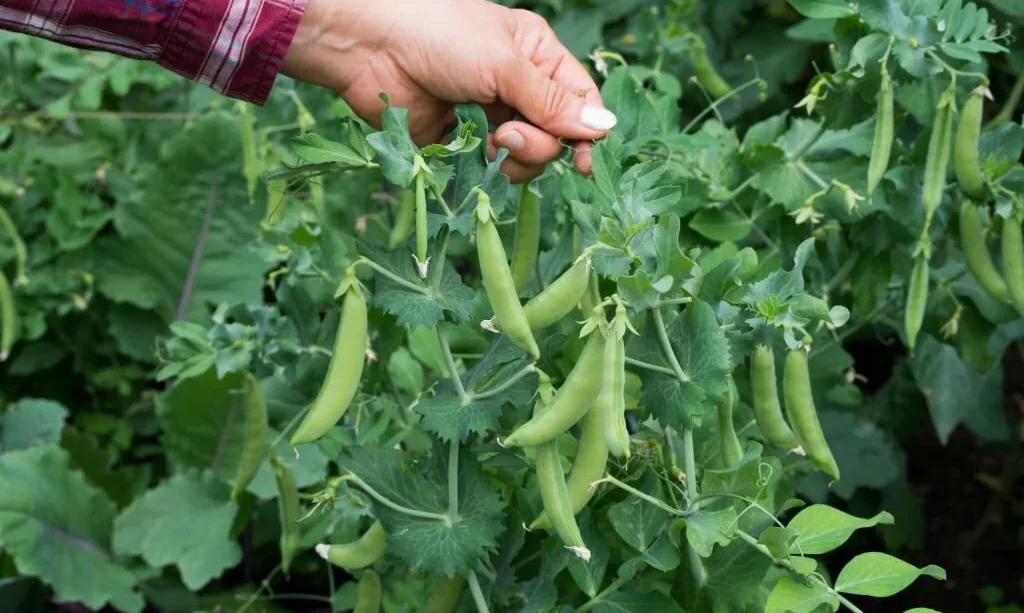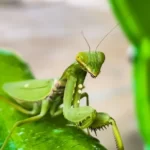Sugar snap peas, known for their crisp texture and sweet flavor, are a delightful addition to various dishes and salads. Packed with nutrients such as vitamins C and K, these vibrant green pods are a popular choice among health-conscious individuals. However, to fully enjoy the freshness and flavor of sugar snap peas, proper storage is crucial. This article will guide you through the process of selecting, preparing, and storing sugar snap peas to ensure they remain crisp and flavorful for an extended period.
Choosing Fresh Sugar Snap Peas
Selecting the right sugar snap peas lays the foundation for successful storage. When shopping for peas, look for pods that are bright green, plump, and free from blemishes. The peas should feel firm to the touch, indicating freshness. Avoid pods that appear wilted, discolored, or have visible signs of damage. Additionally, check the seams of the pods; they should be tightly closed, a sign that the peas inside are still young and tender.
At the farmer’s market or grocery store, take a moment to inspect the overall appearance of the sugar snap pea display. Choose a batch that is well-arranged and refrigerated, as this indicates a commitment to maintaining freshness. By being discerning in your selection, you set the stage for a successful storage experience, ensuring your sugar snap peas start with the best possible quality.
Preparing Sugar Snap Peas for Storage
Before embarking on the storage journey, it’s essential to give your sugar snap peas a little TLC. Start by washing them under cool, running water to remove any dirt or debris. Gently rub the pods with your fingers to ensure a thorough cleaning. Next, inspect each pea, discarding any that show signs of mold, decay, or damage.
Once cleaned, allow the sugar snap peas to air dry on a clean kitchen towel or use a paper towel to pat them dry. Ensuring the peas are completely dry helps prevent the growth of mold during storage. Take a moment to trim the ends of the peas using a sharp knife or kitchen shears, particularly if they appear damaged or discolored. With your sugar snap peas cleaned and prepped, you’re now ready to store them effectively.
Refrigeration
Refrigeration is a key element in preserving the freshness of sugar snap peas. Store the prepared peas in perforated plastic bags or breathable containers to maintain the right balance of humidity and prevent moisture buildup. Placing them in the vegetable crisper drawer of your refrigerator is ideal, as it provides a slightly higher humidity environment than the main compartment.
Maintain a refrigerator temperature of around 32 to 40 degrees Fahrenheit (0 to 4 degrees Celsius) to slow down the aging process of the peas. This temperature range helps preserve their crisp texture and vibrant color. Regularly check the peas for any signs of spoilage, removing any that may have deteriorated to ensure the overall quality of the stored sugar snap peas. With these refrigeration tips, you’ll be able to enjoy the delightful taste of fresh sugar snap peas even after they’ve been stored for a while.
Freezing Sugar Snap Peas
If you’re looking to extend the shelf life of your sugar snap peas beyond the refrigerator, freezing is a fantastic option. Freezing helps preserve both the flavor and nutritional value of the peas. To begin, blanch the peas by immersing them in boiling water for a brief period, usually around 1-2 minutes, followed by an immediate transfer to an ice water bath. This process helps retain the color, texture, and nutrients while inhibiting enzyme activity that can lead to quality deterioration.
After blanching, thoroughly dry the sugar snap peas to prevent ice crystals from forming during freezing. Place the peas in airtight containers or freezer bags, removing as much air as possible to prevent freezer burn. Don’t forget to label the containers with the date to keep track of freshness.
Avoiding Moisture
Moisture is the nemesis of sugar snap peas when it comes to storage. Excess moisture can lead to mold and deterioration of the peas’ quality. To prevent this, use paper towels to absorb any remaining moisture after washing and blanching the peas. When storing in the refrigerator, ensure that your containers are not airtight, allowing for proper air circulation to prevent the buildup of humidity.
Similarly, when freezing sugar snap peas, make sure they are completely dry before placing them in freezer bags or containers. Moisture on the peas can result in the formation of ice crystals, negatively impacting their texture and flavor. By taking these precautions to avoid moisture, you can significantly enhance the shelf life and overall quality of your stored sugar snap peas.
Proper Air Circulation
Proper air circulation is essential for maintaining the freshness of sugar snap peas during storage. When refrigerating or freezing the peas, avoid overcrowding them in containers or bags. Overcrowding can limit air circulation and lead to the retention of excess moisture, increasing the risk of mold and deterioration.
Ensure that the storage containers have ventilation holes or use perforated plastic bags, allowing air to flow around the peas. Adequate air circulation helps prevent the buildup of ethylene gas, a natural plant hormone that accelerates the ripening of fruits and vegetables. By providing proper ventilation, you can extend the shelf life of your sugar snap peas and keep them crisp and flavorful.
Storing in the Pantry
While sugar snap peas are best stored in the refrigerator or freezer for long-term freshness, short-term pantry storage is an option if you plan to consume them within a few days. Use breathable containers such as paper bags or mesh bags to store the peas in the pantry. These containers allow air circulation, preventing moisture buildup and maintaining the peas’ quality.
When storing in the pantry, keep sugar snap peas away from ethylene-producing fruits, such as apples and bananas. Ethylene can accelerate the aging process and affect the crispness of the peas. Additionally, choose a cool, dark place in the pantry to prevent exposure to light, which can lead to nutrient degradation. While pantry storage is not as optimal as refrigeration or freezing, it can be a convenient option for short-term use when managed with care.
Checking for Freshness
Regularly checking the stored sugar snap peas is crucial to ensure their continued freshness. Even with proper storage techniques, it’s essential to inspect the peas for any signs of spoilage. Look for changes in color, texture, or the presence of mold. If you notice any peas that have become slimy or discolored, remove them promptly to prevent the spoilage from spreading to the rest of the batch. By staying vigilant and promptly addressing any issues, you can enjoy high-quality sugar snap peas for an extended period.
Creative Uses for Stored Sugar Snap Peas
Stored sugar snap peas can be a versatile addition to your culinary repertoire. Beyond simply snacking on them, consider incorporating these crisp and flavorful peas into various recipes. Add them to stir-fries, salads, or pasta dishes for an extra burst of freshness. Blanched and frozen sugar snap peas can be a convenient addition to smoothies, providing a refreshing twist. Experiment with different cooking methods, such as roasting or sautéing, to enhance their natural sweetness. The possibilities are endless, and stored sugar snap peas can elevate your meals in both taste and nutritional value.
Conclusion
In conclusion, proper storage is the key to preserving the quality and freshness of sugar snap peas. Whether you choose refrigeration or freezing, paying attention to details such as moisture, air circulation, and temperature can significantly impact the peas’ longevity. Regularly check for freshness, and don’t hesitate to discard any peas showing signs of deterioration.
By following these storage guidelines, you can enjoy the delightful taste and crunch of sugar snap peas well beyond their initial harvest. Whether you savor them as a snack, toss them into your favorite recipes, or enjoy them as a side dish, properly stored sugar snap peas can be a year-round culinary delight. So, embrace these tips and relish the vibrant flavors of your stored sugar snap peas in every bite.




